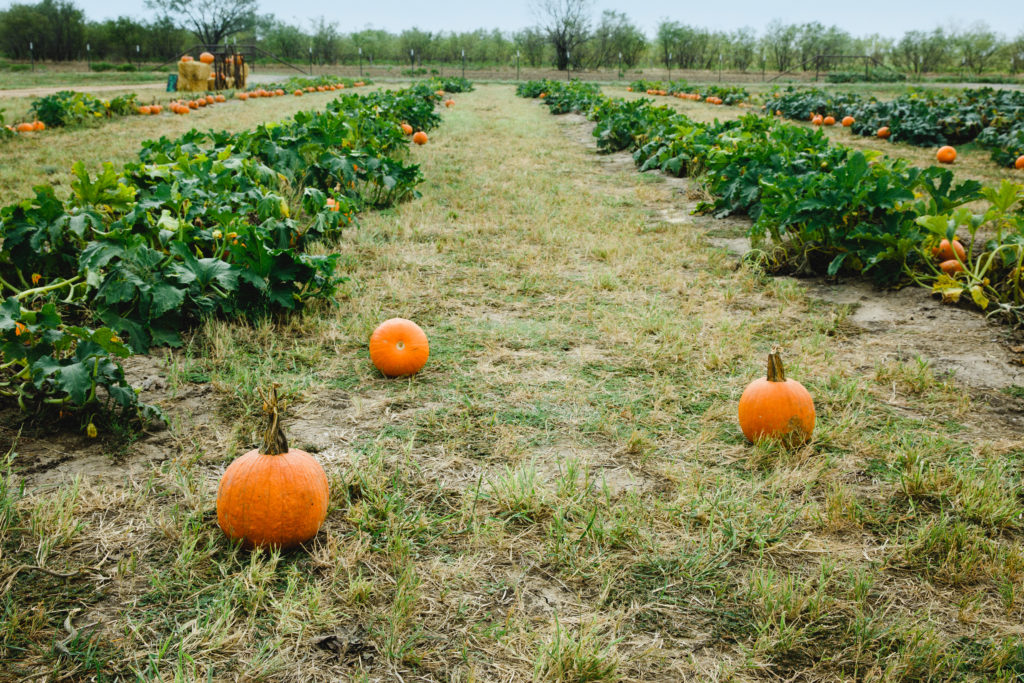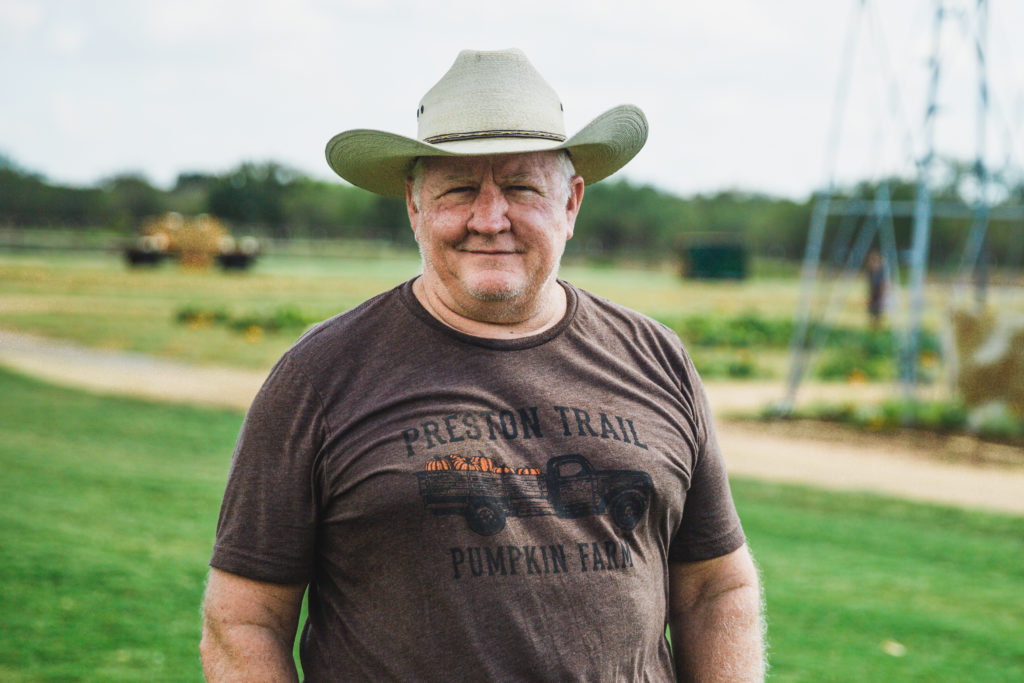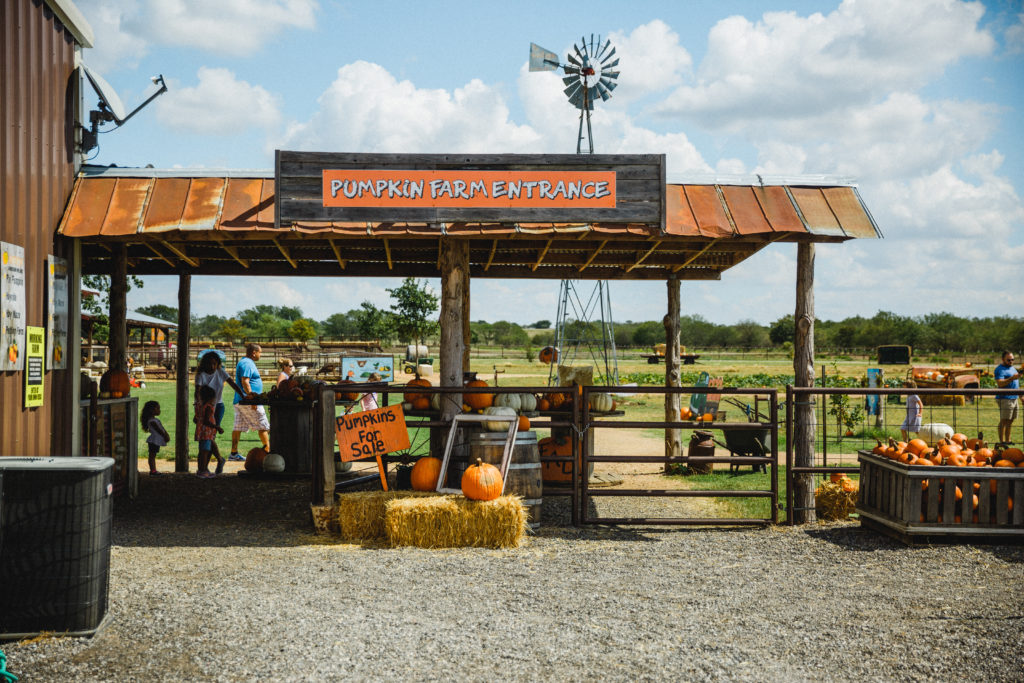Pumpkin Farming in Texas Means Cinderella-Size Jack-O’-Lanterns
From the changing leaves and cooler air to the Friday night lights and the bright yellow of the school buses, everything seems just a little sweeter during fall in Texas. The sweltering heat of the summer is (hopefully) gone, the kids are back in school, and pumpkin season is in full swing.
The pumpkin-farming season in Texas lasts around 90 to 100 days, starting in early June and going into early September. As pumpkin season rolls in, farmers all across Texas prepare for the onslaught of pickers looking for the perfect fruit to carve out for their doorsteps or to bake into pies.
These insights into Texas pumpkin farming will get you on the (dirt) road to the best pumpkin pie and the spookiest jack-o’-lantern on the street.

Pumpkin Farming in Texas
Heat and humidity play a big part in pumpkin farming. Rick Kimbrell, who owns Preston Trail Farms in Gunter, explains that most North Texas pumpkin farmers focus on growing the smaller pumpkins that can withstand the heat, while the weather in West Texas allows farmers to grow larger ones.
“The difference is the cool air at night in far West Texas. Pumpkins contain a lot of moisture, and so the temperature of that piece of fruit will get 10 to 15 degrees colder than the air temperature,” Kimbrell explains.

“We’re cutting some pumpkins out in West Texas right now, and if its 85 to 90 degrees outside, you lay your hands on them and they’ll feel refrigerated because of the average low temperature at night. In Dallas-Fort Worth, with the lower elevation and high humidity, our nights are 80 to 85 degrees. Pumpkins stay cooler longer out there in West Texas.”
So depending on what climate you’re pumpkin-picking in, you may get a wide range of pumpkins, from cute, decorative table toppers to something roughly equivalent to Cinderella’s carriage.

Picking the Perfect Pumpkin
When you’re strolling through the patch, here are some tips to make sure your fruit stands up to the jack-o’-lantern test:
- Feel the shell. “Squeeze it, and make sure the shell doesn’t feel soft,” Kimbrell says. “If the shell feels soft, it’s probably going to go bad pretty quick.”
- Look at the stem. “You want to have a good, hard wood-type stem on it,” Kimbrell explains. “If the stem’s kind of soft, it’s an indication that maybe the pumpkin was cut or picked when it was still too damp outside.”
If you’re wondering about your farm and ranch insurance coverage, call your Texas Farm Bureau Insurance Agent today for a comprehensive review or a quote. If you’re looking for more Halloween tricks and treats, look no further!
Coverage and discounts are subject to qualifications and policy terms and may vary by situation. © 2019 Texas Farm Bureau Insurance



